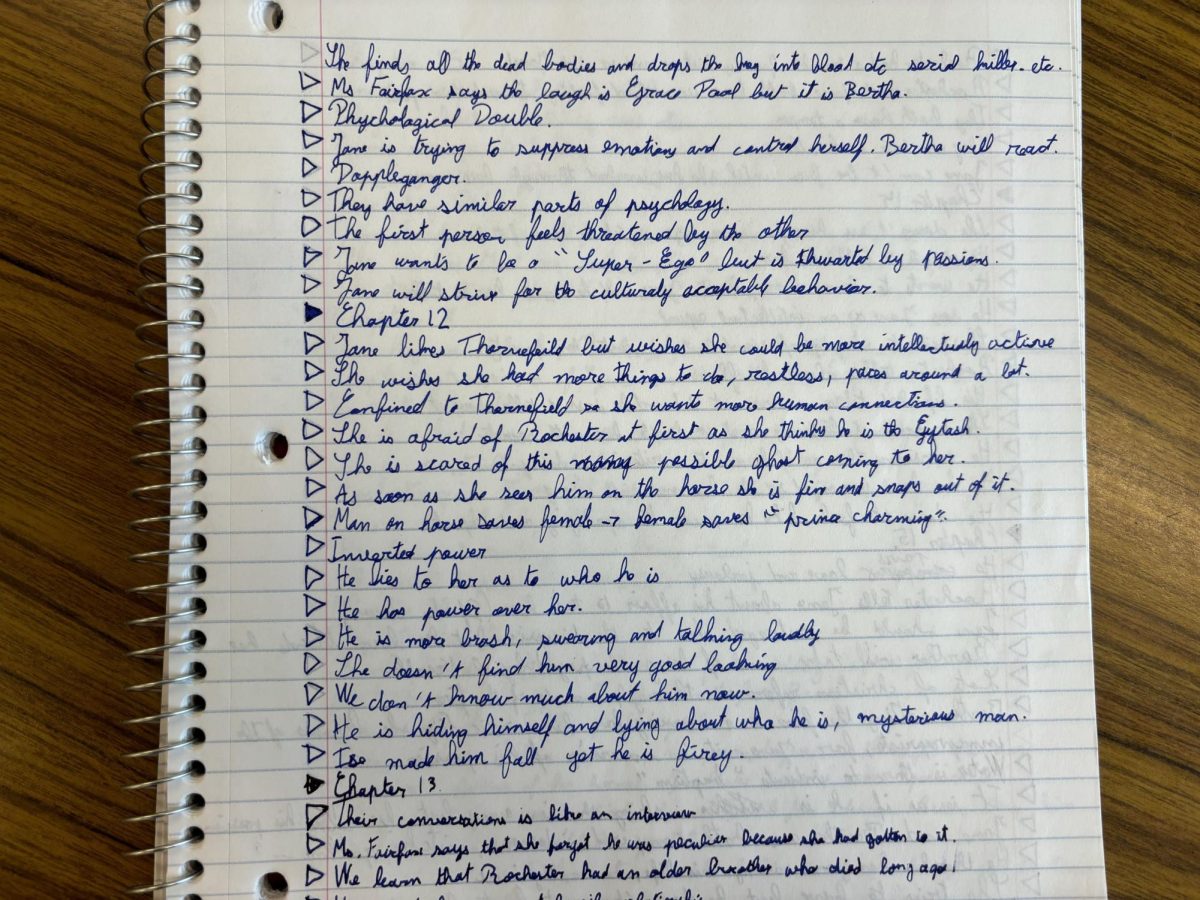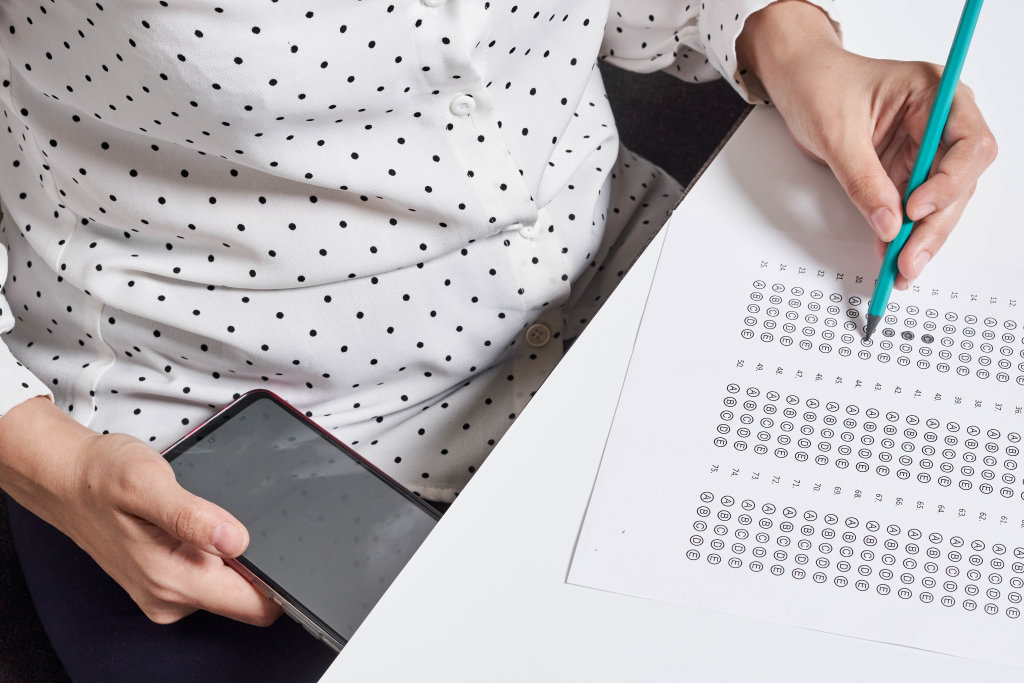Bad handwriting is an issue that has plagued our society for as long as the skill of writing has been a concept. From not being able to read to just being aesthetically unpleasing, bad handwriting has been almost a disease for our society. Given all the resources available to help fix this prominent issue, we should be able to reduce or even extinguish it from our society.
In academic spaces, bad handwriting has been a common feature typically seen the most in English, science, and history classes. In courses like AP Language and Composition, AP English Literature and Composition, really any AP history class and AP Biology, writing complete essays or lengthy assignments is a common occurrence. Reading and grading these pieces of work, however, can be a treacherous job for teachers—especially when the handwriting of assignments such as lab reports are so messy. This can make it even harder for teachers to accurately grade and understand the work that is being placed in front of them.
Looking into the specifics of bad handwriting and grading, this issue is most detrimental when it comes to long tests such as AP exams. In the written section, teachers put strong emphasis on students’ handwriting, warning them that their handwriting should be understandable and legible to prevent any misread text or a misunderstanding that can cost them points on the exam. Losing a point due to something as minuscule as bad handwriting can be one of the most frustrating things to deal with. A simple solution to this problem would be to improve on the neatness of handwriting by working on handwriting drills and exercises, which are easily found online or, if a person wants to go the extra mile, Barnes and Noble for skill books.
However, one might argue that handwriting isn’t something that can be changed in an instant, that it is something that shouldn’t make or break a grade or the impression one has on an individual. While some factors of this argument may be true, such as the fact that handwriting can’t be improved overnight, that shouldn’t stop people from putting in effort to improve their skill.
In the professional world, it is unappealing to see someone who is supposed to be a grown and sensible adult still write as if they just learned how to put their sentences down onto paper. Making an effort to improve the skill will make it much easier as one matures into their adult life. The aesthetics of handwriting as a whole can be seen as a level of one’s maturity as well. Those with neater, nicer handwriting are typically seen as more organized and mature, especially in the workforce.
Thus, there should be a higher emphasis on improving handwriting in our society, as it would be pointless to get a lower grade on an assignment than one deserves just because of a trivial reason like handwriting.









